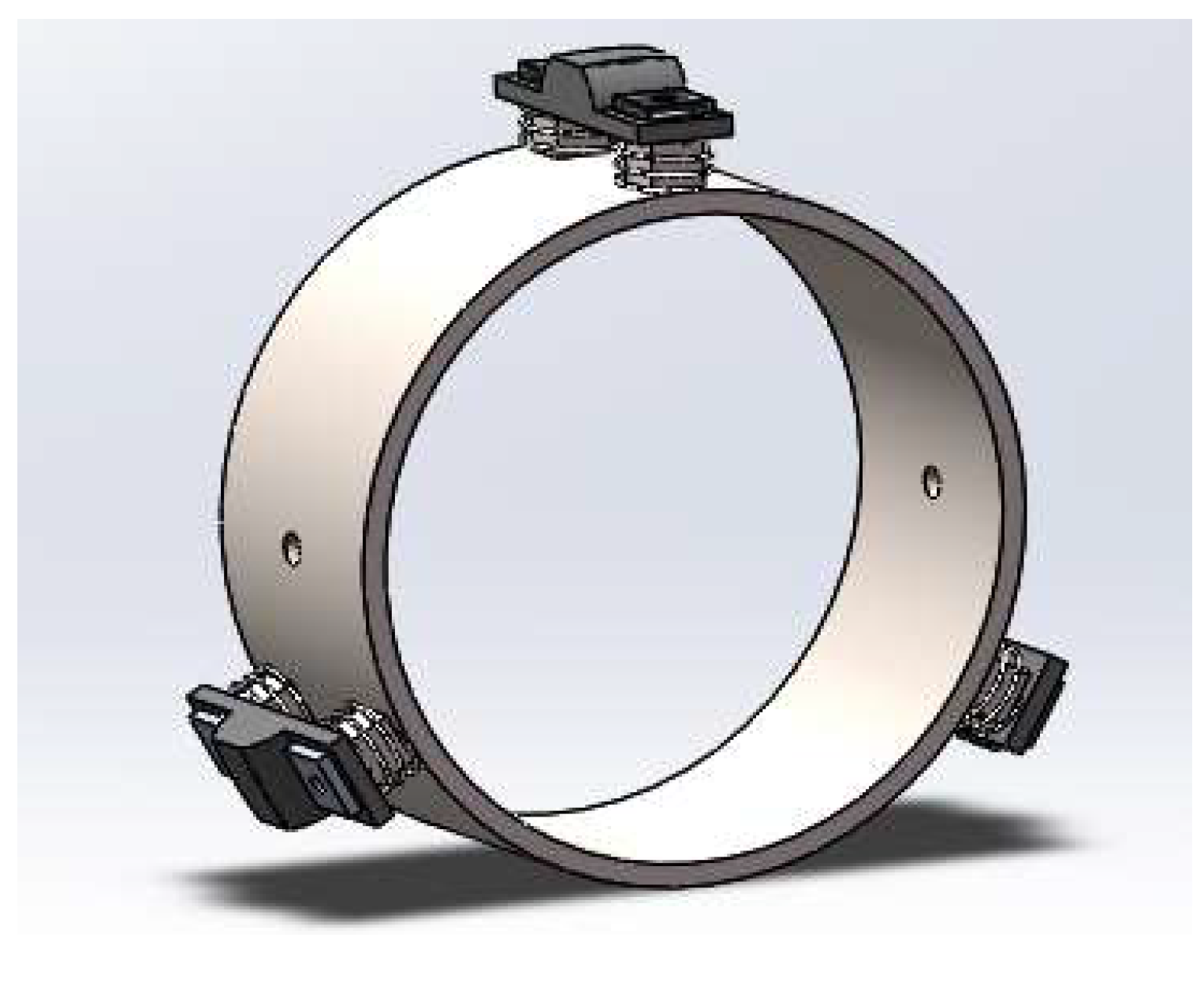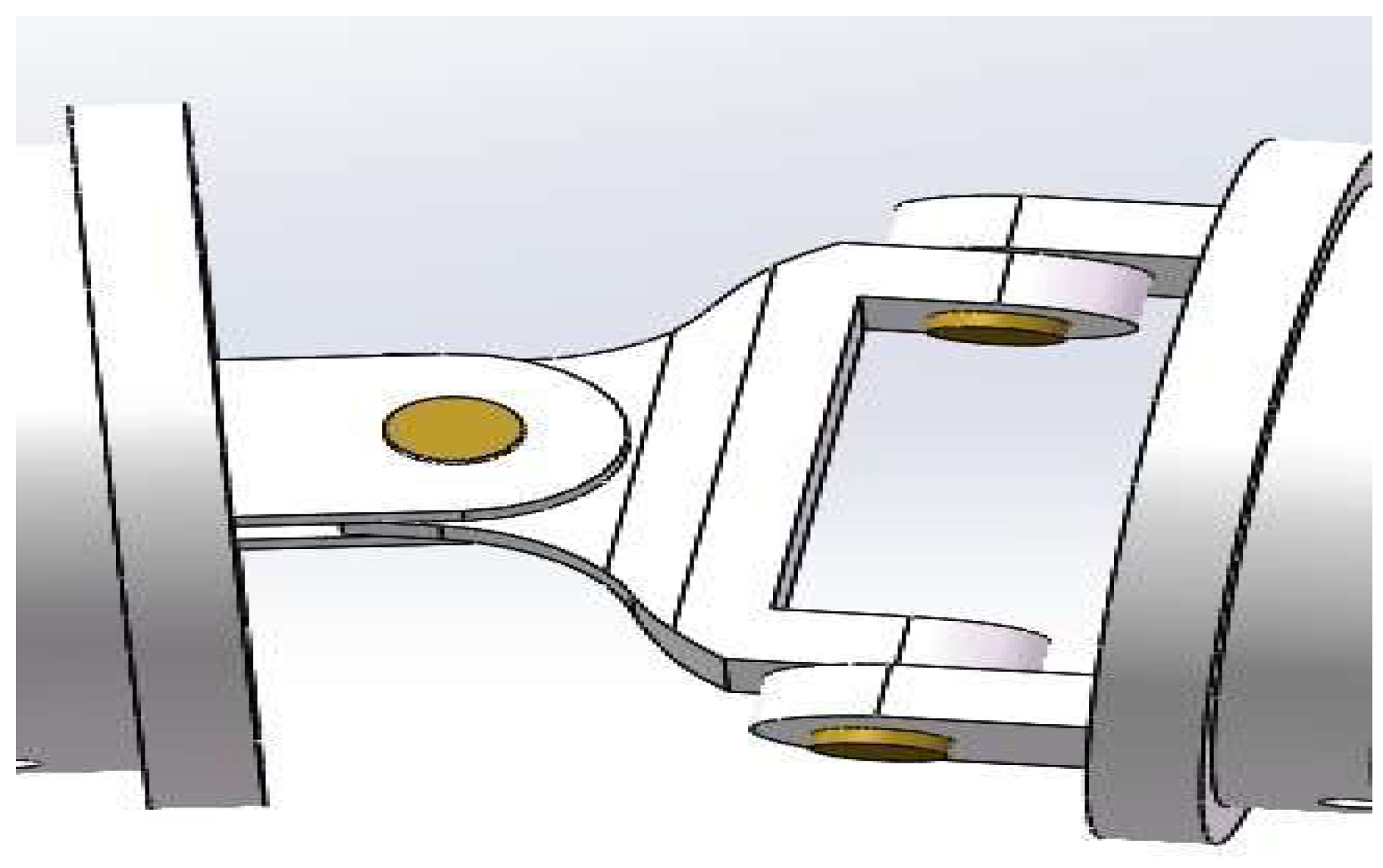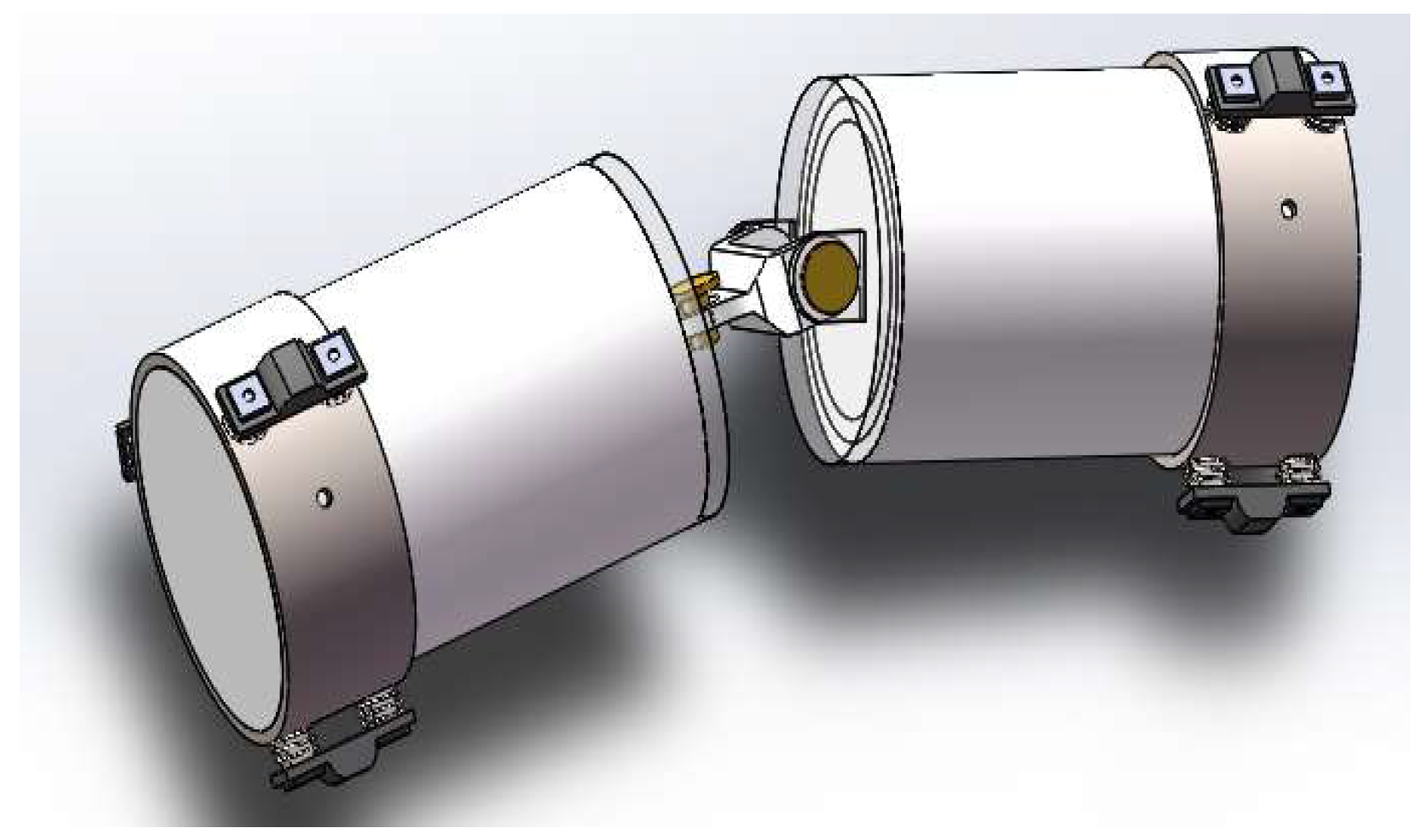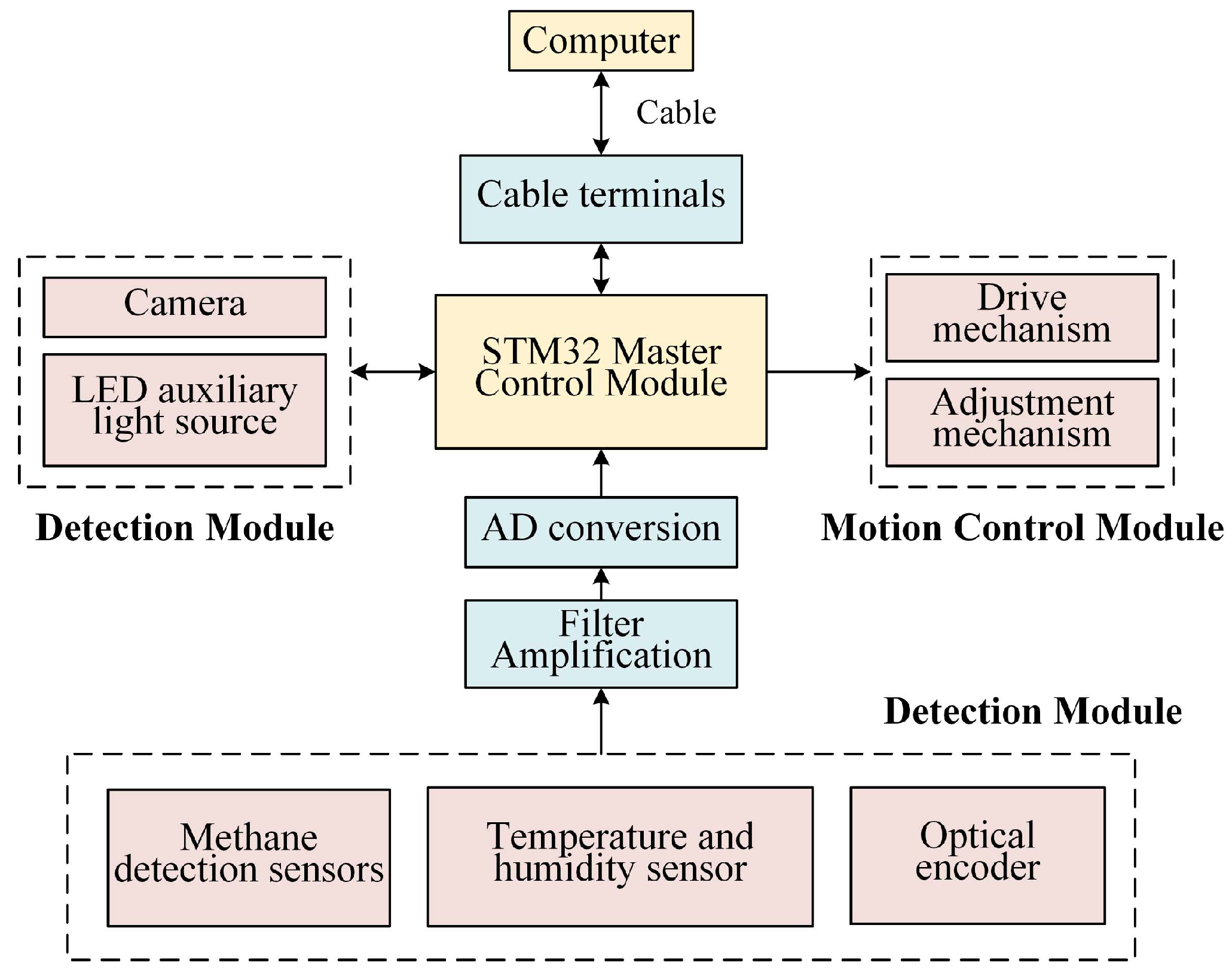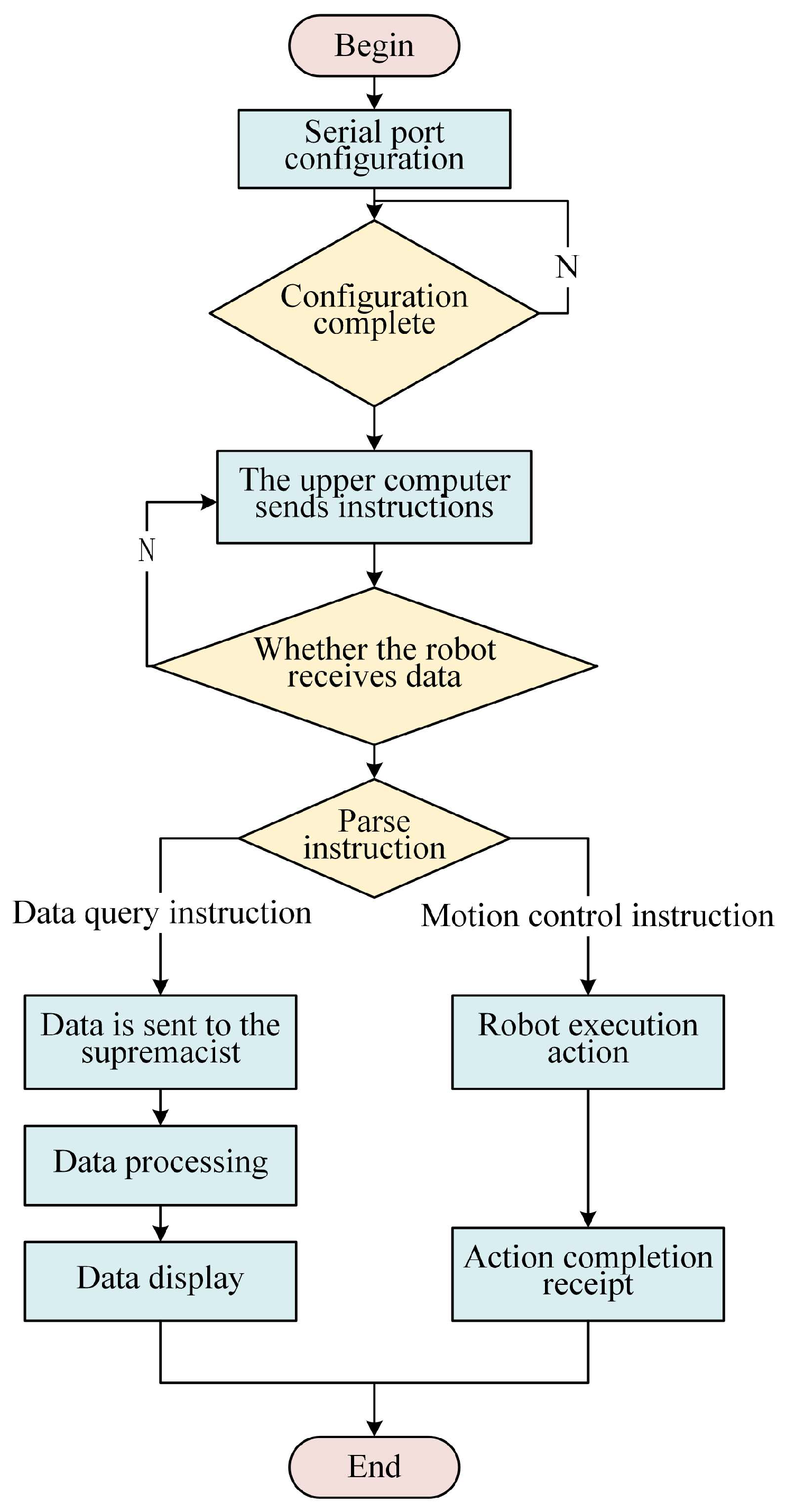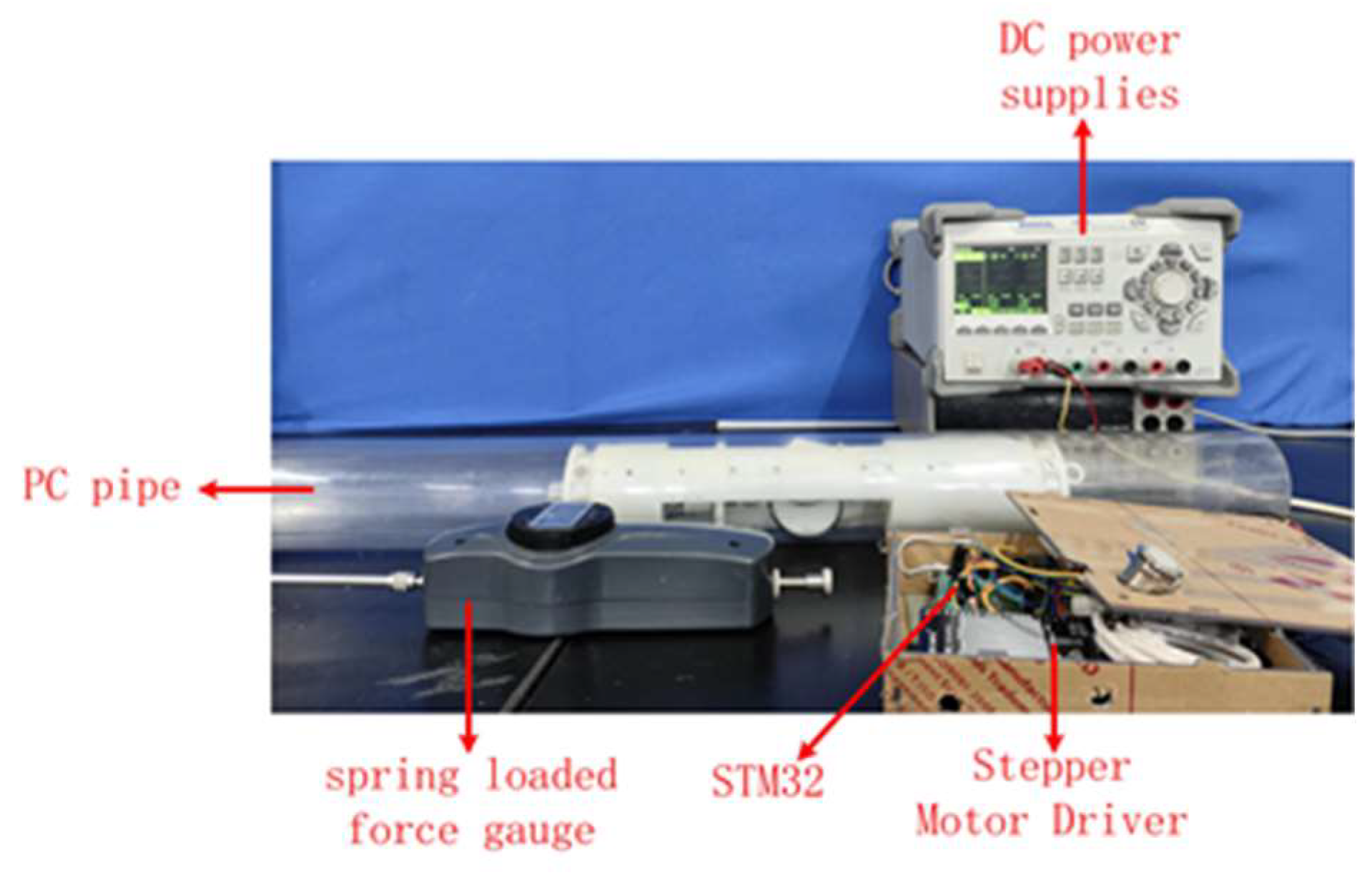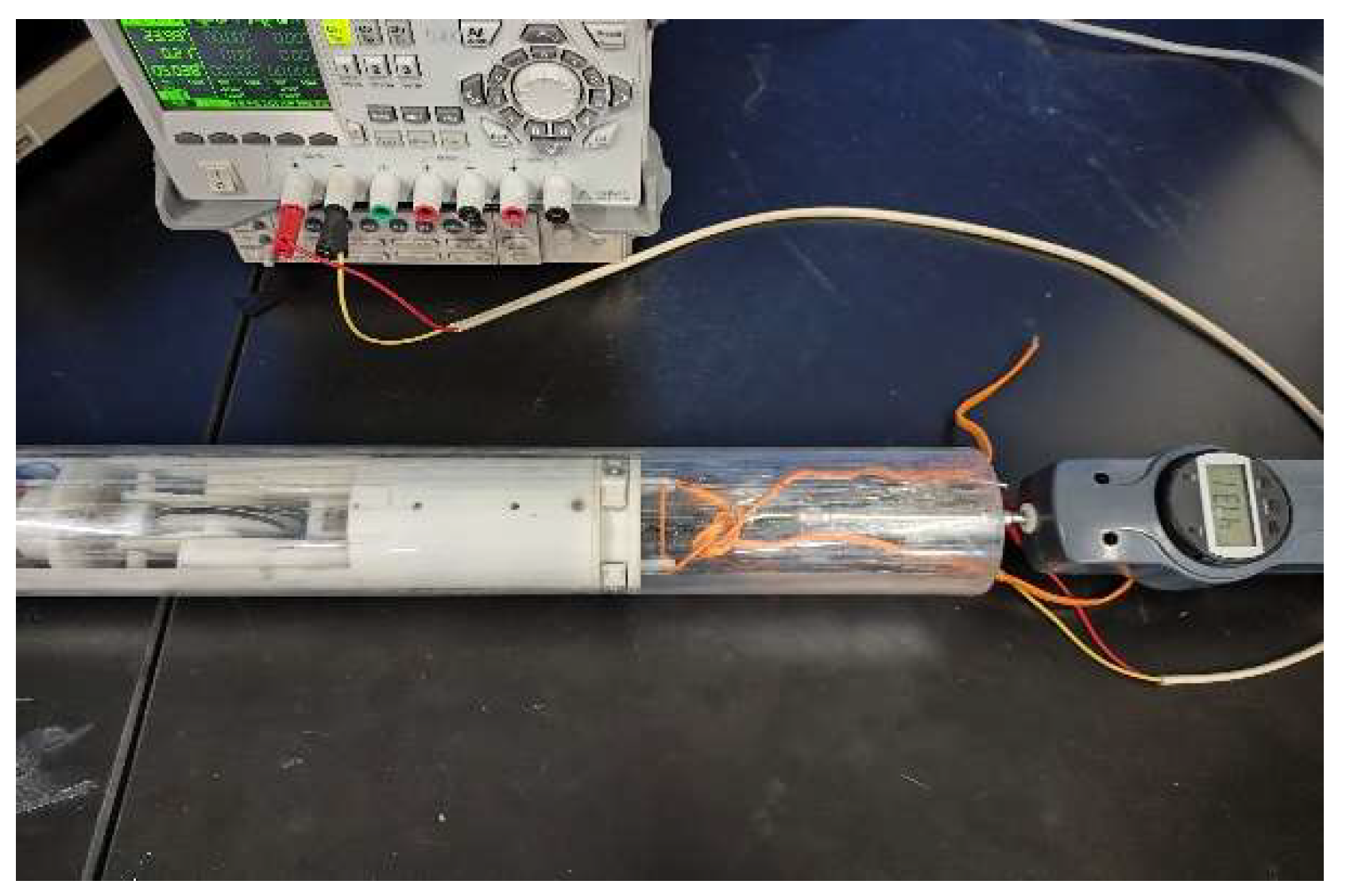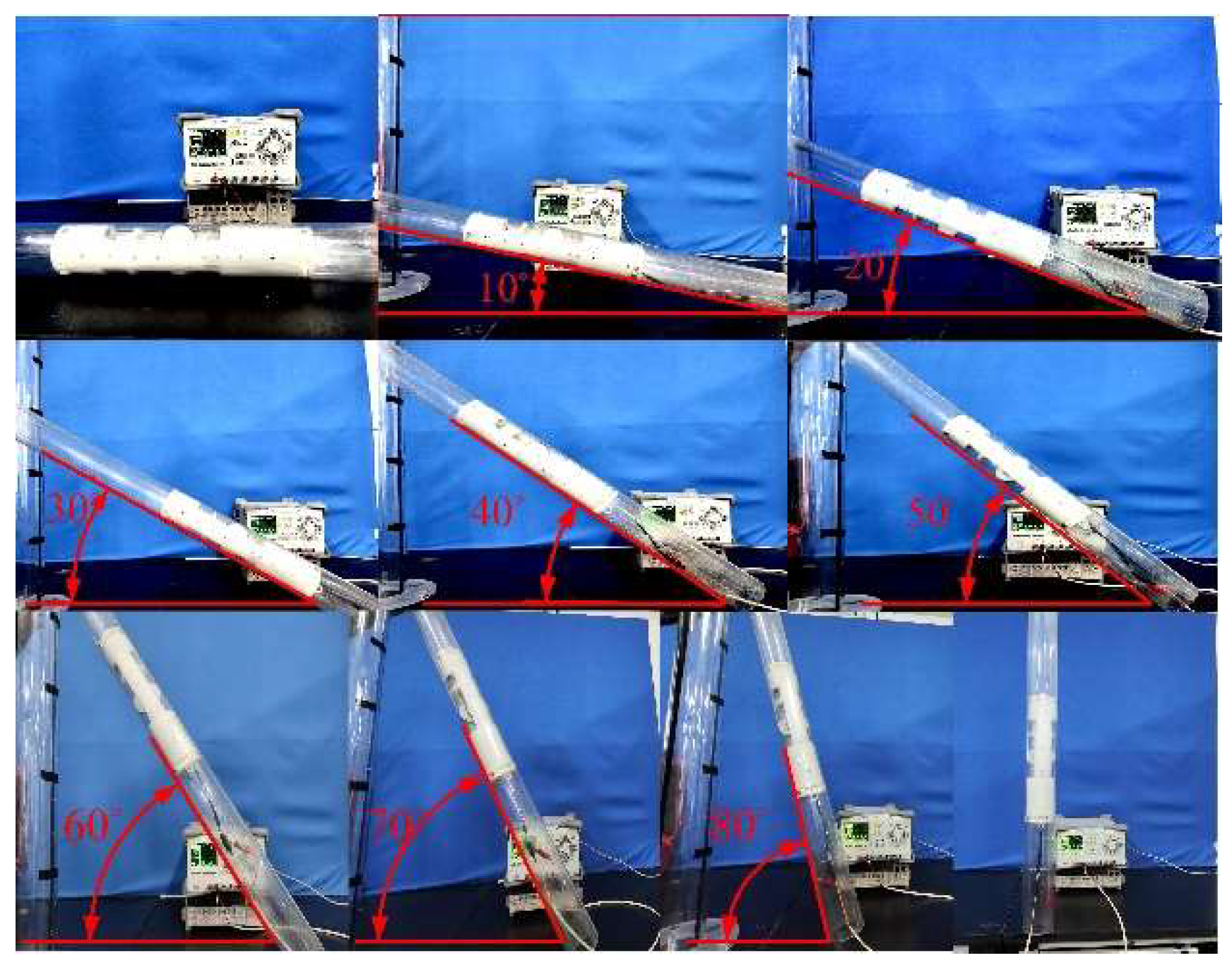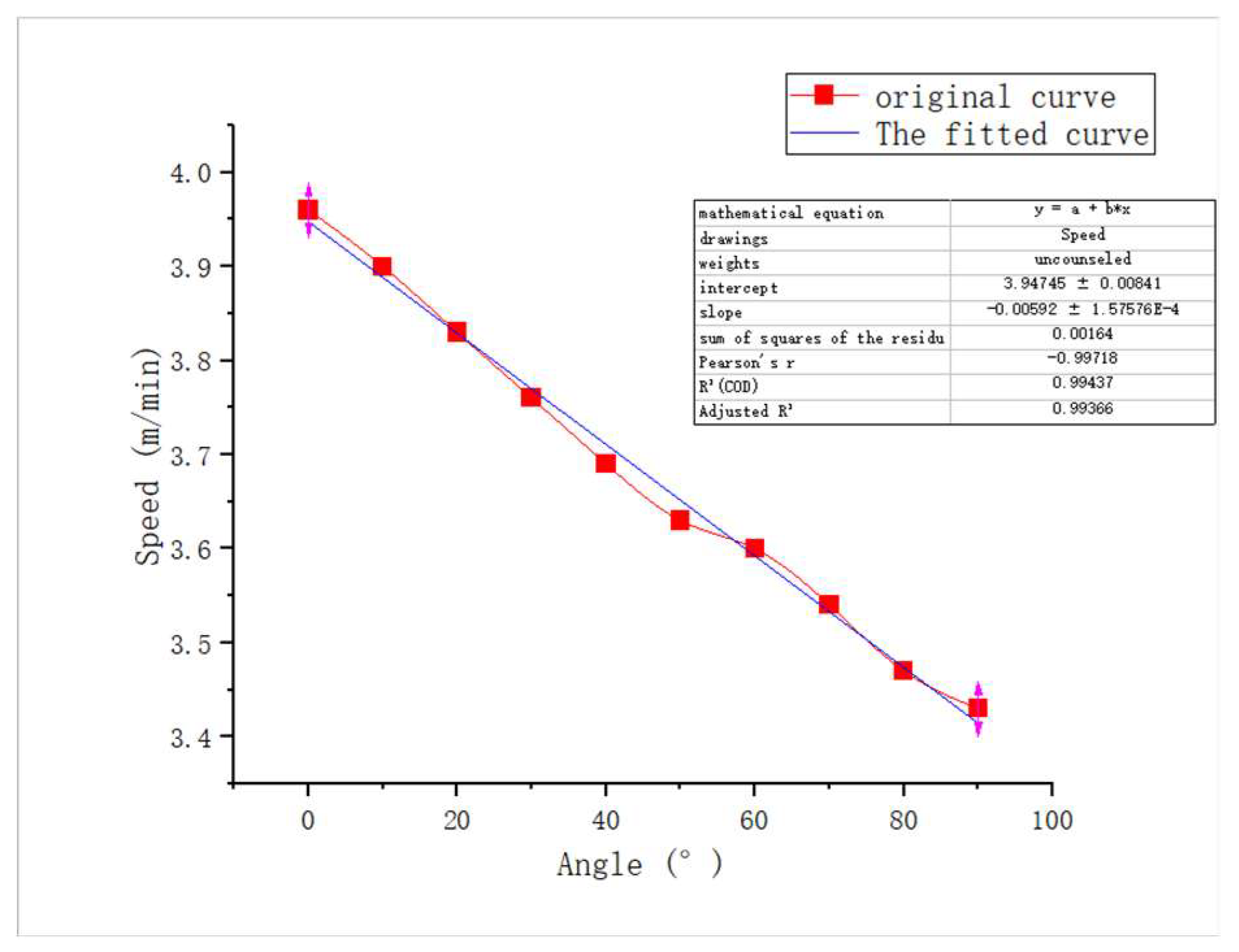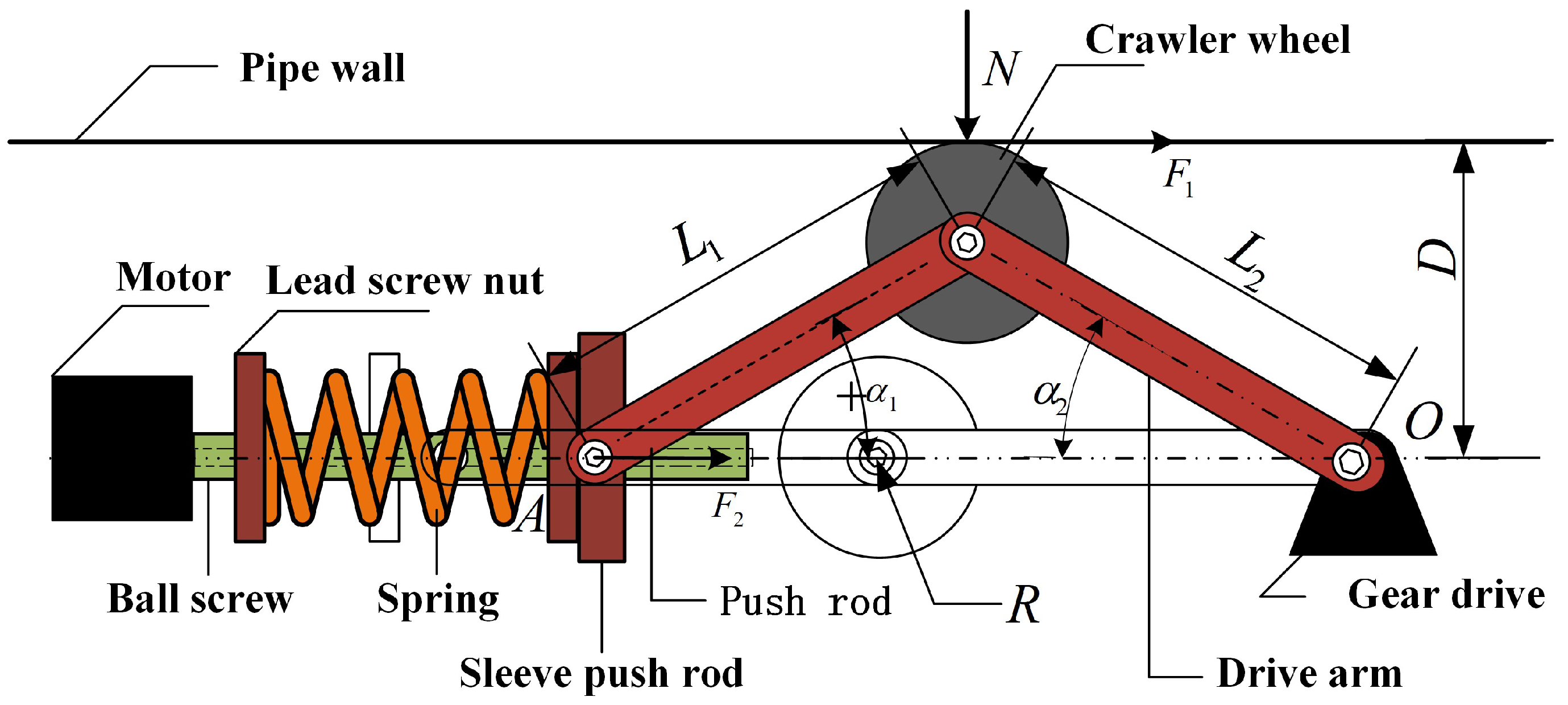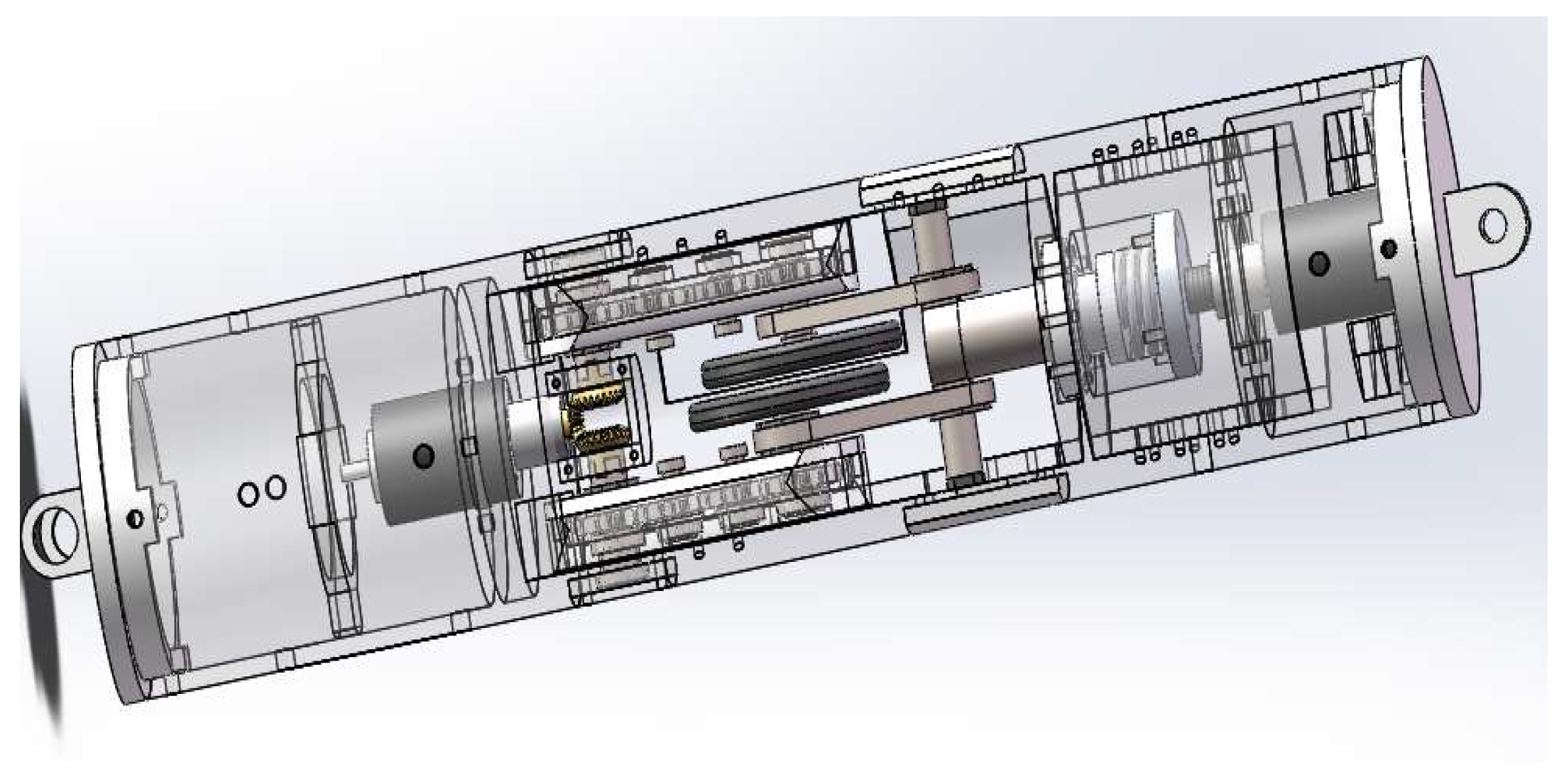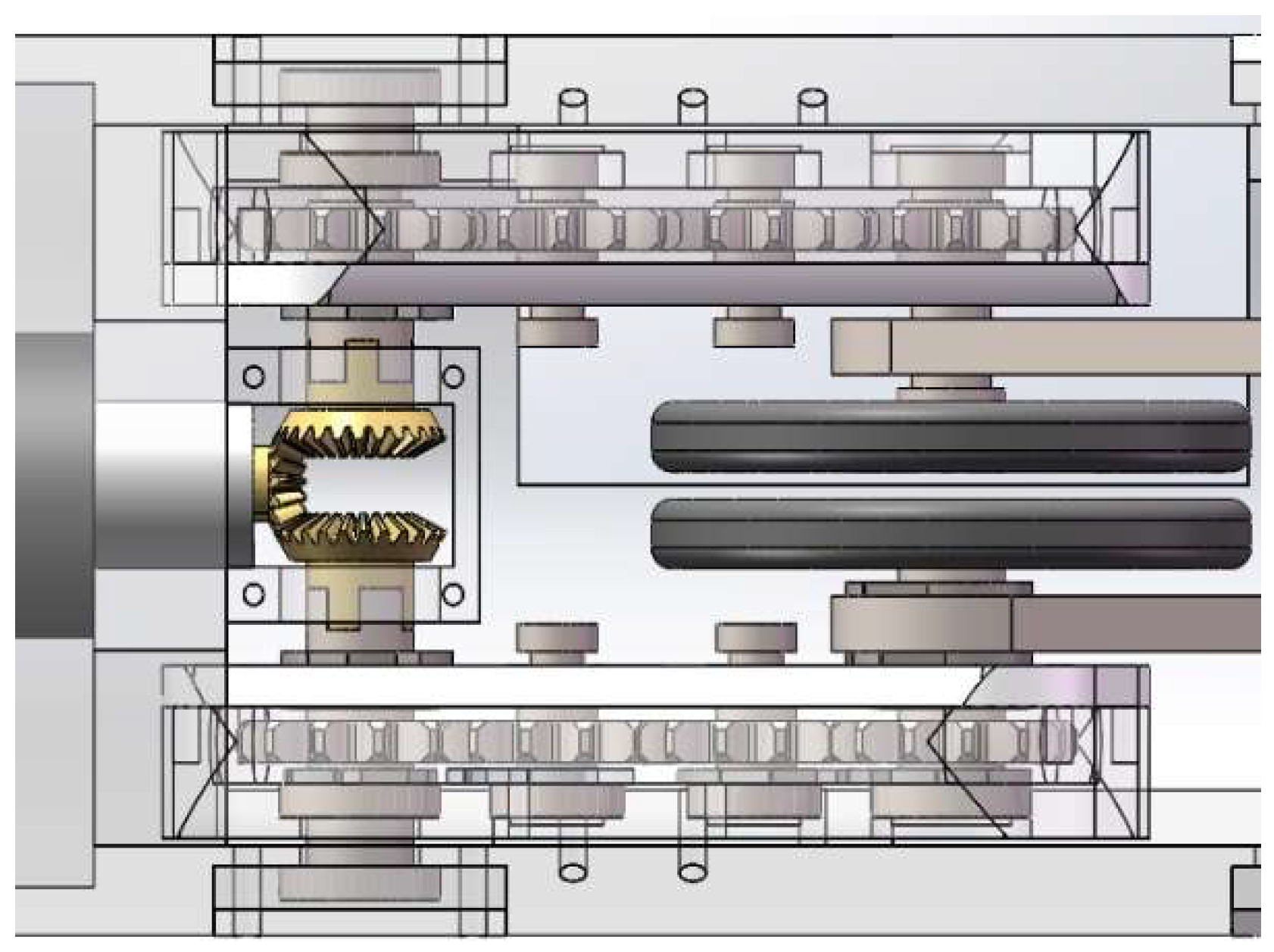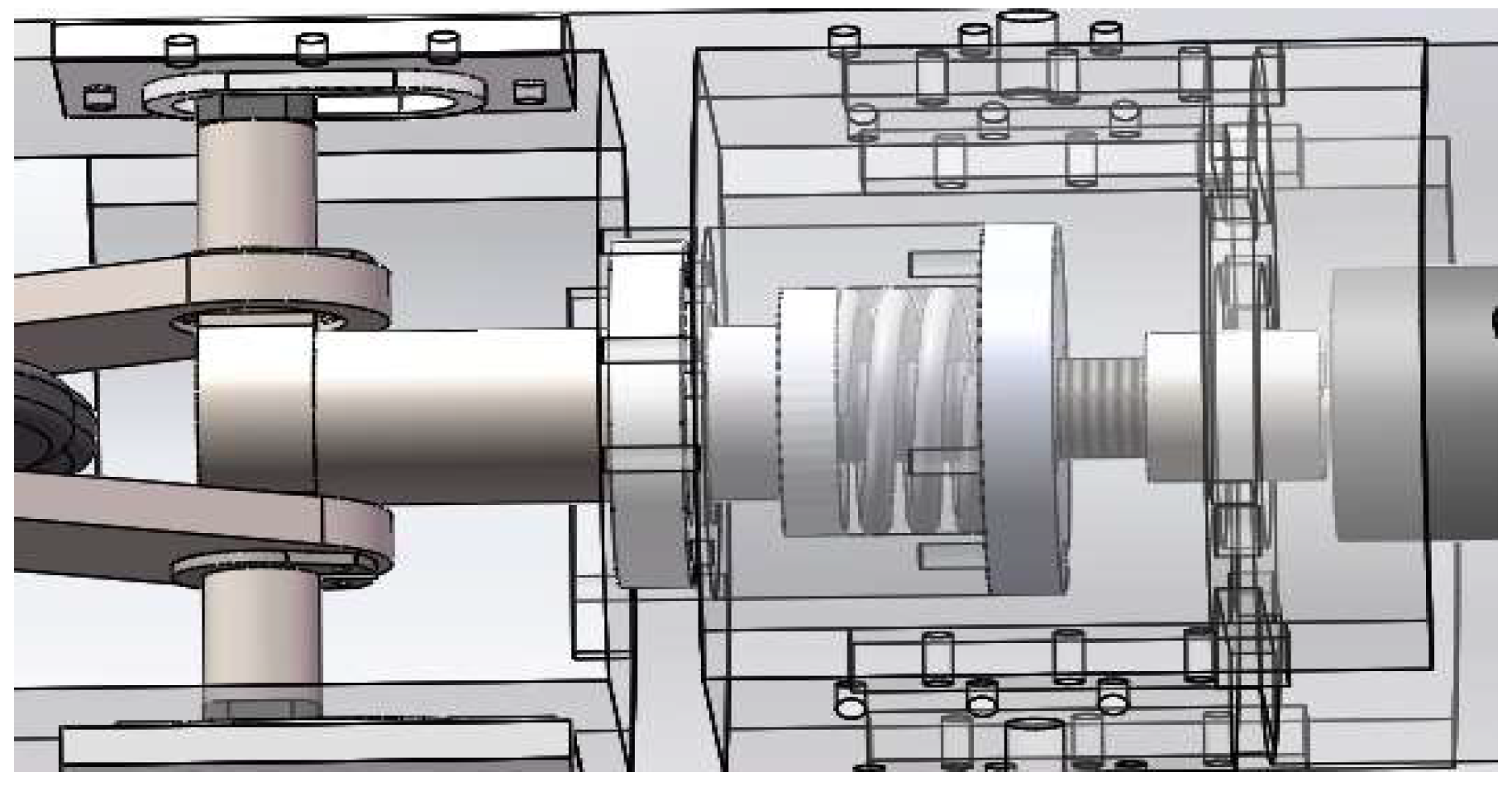1. Introduction
Coal is a vital fossil energy source and the foundation of China's energy system. China is rich in coal resources, but the complex geological conditions of coal mines and the difficulties in mining have led to frequent coal mine production accidents in China, and there is a significant gap in the safety situation of coal mines compared with that of developed countries [
1,
2,
3,
4,
5,
6]. According to relevant statistics, between 2008 and 2021, the total number of coal mine accidents in China reached 1,157, causing a large number of casualties and property losses, of which roof accidents and water damage accounted for 44.43%, resulting in 514 deaths, which is a severe hazard [
7,
8]. Coal mine roof accidents and water damage accidents. The local hydrogeological conditions are closely related, the use of mine hole detection technology can detect the stratigraphic conditions of the coal mine, effectively reducing the risk of coal mining; the existing mine hole detection technology uses artificial push rod jacking probe to photograph the internal environment of the mine hole, the operation of this method is cumbersome, the jacking depth is insufficient, the speed is not easy to regulate, and the imaging effect is poor. Therefore, the development of a small mobile robot integrating various detection functions is of great engineering significance for safeguarding the safe production of the mineral industry.
The mine hole inspection small robot primarily focuses on inspecting small and medium-sized holes in coal mines, which falls under the category of pipeline robots. Pipeline robots represent electromechanical integrated systems capable of navigating through and operating inside or outside boreholes. Pipelines constitute critical components of modern industrial transportation, necessitating regular inspections as a crucial safety measure. Scholars worldwide have designed various pipeline inspection robots catering to different pipeline structures and usage environments, laying the foundation for developing mine borehole inspection robots [
9,
10,
11,
12]. Different driving methods divide pipeline robots into two categories: external load-driven and self-driven.
External load-driven robots mainly refer to PIGs, which are now widely used in the oil and gas industry and are based on the principle of utilizing rubber discs that move under the pressure of fluids in the pipeline. Xiong Yi and colleagues 2019 designed a Novel Foam Smart PIG for oil and gas pipelines with good pass-through capability to detect pipeline defects while performing pipeline cleaning. However, such robots' particular power source limits their application environments to sealed pipelines filled with flowing media [
13,
14,
15,
16,
17].
Self-driven pipeline robots carry a power source inside themselves and can be subdivided into snake, crawler, wheeled, etc., according to the different moving methods [
18,
19,
20]. Serpentine pipe robots have strong crawling ability and can adapt to complex environments. Paulo Debenest designed a serpentine pipe robot named PipeTron, whose main body is divided into several parts; each part has an active wheel, adopts the way of wall-pressing walking, and the parts are connected with each other through the deflector joints, which has good crawling ability and traction ability, but its energy consumption is large and complicated to operate [
21]; Mariko and colleagues improved the structure of the snake robot to travel in a rolling way, which makes the robot have good obstacle avoidance ability, but this robot has the requirement of the pipe diameter size. It can not adapt to the small caliber pipe [
22,
23]. Tracked pipeline robots have a large support area, slight ground-specific pressure, not easy to slip, good traction adhesion performance, and good passability. Bogadan designed a tracked pipeline robot in 2021, which innovatively used a flexible articulated permanent magnetic track to generate local adhesion force, which allowed the robot to be adsorbed to the pipe wall for movement and solved the passability problem of non-clearable pipes, but This kind of magnetic track can only work in ferromagnetic pipes, and the crawling performance in non-magnetic orifices will be significantly weakened [
24]; Zhao and colleagues designed a tracked pipeline robot, with three tracks uniformly distributed on the outside of the body according to 120 degrees, and adopting an electric actuator, which can independently adjust the radius of the tracks to adapt to different sizes of the pipeline and can adjust the pressure between the tracks and the pipe wall to regulate the traction force, the pressure wall It can adjust the traction force by adjusting the pressure between the tracks and the pipe wall, and the way of pressing the wall makes it suitable for pipes made of various materials, but the tracks of the pressure-wall tracked pipeline robot cannot be retracted inside the body, which makes the space utilization rate low and difficult to miniaturize, and is not suitable for pipes under 100 mm [
25]. Wheeled pipeline robots are the most widely used because of their excellent maneuverability and high efficiency. A simple wheeled pipeline robot only relies on the crawling wheel and the lower side of the pipe wall contact travel; However, the structure is simple, the traction force is insufficient, Cao designed a six-wheeled pressure wall pipeline robot; each of the two ends of the three wheels is distributed at 120 °, with the ball screw can be the two sides of the wheels can be retracted and released, to regulate the pressure between crawling wheels and the pipe wall, to be able to adapt to the diameter of the pipe from 100 mm to 200 mm, flexible and stable, but This structure is too exposed to adapt to the waterlogged environment [
26,
27]. Sawabe designed an articulated wheeled pipeline robot, which is flexible in its movement, strong in obstacle avoidance, and easy to miniaturize. However, its structure and control method are too complex, and its performance is unstable [
28].
In summary, although the pipeline robot technology has matured, the existing pipeline robots are often for specific environments, and simple modifications can not be adapted to new environments. 2006, in the U.S. West Virginia Pressure Coal Mine Rescue Operation, the rescuers used conventional rescue robots to enter the underground to detect the robot, but the robot could not continue to move forward in the wells stuck in the mire; in 2010, the New Zealand island west of the Atyrau Pike River coal mine gas explosion accident, the rescuers attempted to detect the underground situation with a simple spark-proof modification to the pipeline robot. However, the robot short-circuited underground due to waterproofing problems. Therefore, pipeline robots in particular environments are designed according to specific conditions [
29]. Coal mine boreholes have large slopes, small and uneven borehole diameters, slippery boreholes, flammable and explosive gas gases, and harsh environments at the coal mining site. The operation of robots needs to be simple and fast, and only some robots can meet the needs of coal mine borehole detection.
Based on the unique environment of a coal mine, a small wheeled robot is proposed in this paper. Firstly, the functional analysis and structural design of the robot are carried out according to the engineering requirements, the key components are mechanically modeled, and their specific structural parameters are calculated; secondly, the three-dimensional model is constructed, and the design of hardware circuit and control program is carried out; finally, the actual test is carried out, and the basic parameters of the robot and the crawling ability are tested. After testing, the mine hole inspection small robot designed in this paper has a minimum body diameter of only 65mm, with a variable diameter function, which can adapt to the 65 mm to 100 mm pipe; it adopts the form of a gear drive, which ensures low power consumption while providing sufficient traction; and it has a waterproof and explosion-proof design, which can adapt to the particular environment of the coal mine holes that contain stagnant water and gas. Compared with manual propulsion, the mine hole robot can better adapt to small-diameter mine holes, and the speed is stable and adjustable; the moving distance is long, safe, and reliable, which can significantly improve the effect of mine hole detection and promote the intelligence and safety of the production of the coal mining industry.
2. Functional analysis and mechanical modeling
Mine Hole Inspection Small robots face two challenges to work properly in coal mine holes. The first challenge is designing the robot to navigate swiftly and smoothly within the mine hole; the second challenge is ensuring that the robot can maintain its mobility even when encountering steep slopes or variations in hole diameter.
For the first problem, the crawler wheel is used as the walking mechanism of the small robot for mine hole inspection, the motor's rotation is conveyed to the crawler wheel via the drive arm, providing a stable driving force for the robot; for the second problem, a new type of adjustment mechanism is designed, in which the drive arm of the robot can be extended and retracted with the cooperation of the stepper motor and the screw nut and other components, this design enables the robot to adjust the positive pressure, stabilize its body, and navigate through mine holes with significant inclines.
Figure 1.
Functional Analysis.
Figure 1.
Functional Analysis.
2.1. Mechanics modeling
Figure 2 shows the force analysis diagram of the crawling wheel of the small robot for mine hole detection. The rotary motion of the motor on the left is transferred to the ball screw, and the nut is driven to move back and forth through the rotation of the screw to convert the rotary motion of the motor into the linear motion of the nut. The sleeve moves back and forth with the nut, thus driving the push rod and the drive arm up and down, realizing the crawler wheel's extension and retraction, the reducer's function, and regulating the positive pressure. Exploring the relationship between the pushrod thrust and the positive pressure on the crawler wheel can help with stepper motor selection and traction evaluation.
To model the mechanics, the axial thrust provided by the sleeve actuator is determined by the spring elasticity and the fixed position of the screw nut, which is held in place by the stepper motor turning the screw nut to the proper position. The gravity of the rod is ignored in the calculations due to the light weight of the rod and the fact that only the relationship between thrust and positive pressure is discussed here.
Establish the equation based on the geometric relationship (1):
Variation on both sides of equation (1) gives equation (2):
Integrating equation (2) yields:
By the principle of imaginary work, that is, assuming an imaginary displacement, the force
multiplied by the imaginary displacement is equal to the imaginary work, and the total imaginary work is 0.
Substituting equation (3) into equation (4),the relationship between thrust and positive pressure is obtained as follows:
In Eq. (6),
is the coefficient of friction, and substituting Eq. (5) into Eq. (6) yields the relationship between the traction force
and
:
2.2. Shaft strength calibration calculation
The shaft, a crucial transmission component of the robot, is tasked with supporting the rotating parts and facilitating motion and power transfer. To achieve the design goals, it's necessary to consider both the structural dimensions and the operational capacity. The precise structural dimensions of the shaft are defined by its specific mounting position and its designated function; the operational capacity of the shaft is calculated, taking into account factors like strength, stiffness, and vibration stability; typically, the operational capacity of the shaft relies primarily on its strength, particularly with regards to the conditions of torsional strength. By consulting the mechanical design manual it is known that the torsional strength of the shaft should be satisfied:
In Eq. (6), is the torsional shear stress, ; is the torque applied to the shaft,; is the torsional shear factor of the shaft,; is the speed of the shaft, ; is the transmission efficiency of the shaft,; is the diameter of the shaft at the calculated section,; is the allowable torsional shear stress,.
Limit the output power of the motor to 8
, the power allocated to a single driven bevel gear is 4W, then take
, the traction force required by the mine hole inspection robot is
, then take
, by
can be deduced that the robot's moving speed is
. The crawling wheel radius is 22.5
, by equation (9):
It can be deduced that the speed of the shaft is 25.5
, and the shaft diameter condition can be obtained by the torsional strength condition of the shaft:
Where 45 steel is chosen as the material of the shaft, then is taken as 30 andis taken as 110. Substituting into equation (10), we can get, then the design dimension of the shaft should be 6.
Finite element simulation software can effectively verify the force of the components in the limit state. When the robot is obstructed and causes the crawler wheel to stop, the motor's output torque reaches the maximum, and at this time, the drive shaft will be subjected to a considerable load and reach the limit state.
The gear motor's maximum output torque is 8.8 Nm, and the bevel gear ratio is 1. Neglecting unfavorable factors such as friction, i.e., the maximum torque the drive shaft is subjected to is also 8.8 Nm. The post is modeled in the finite element software, the torque is added at the right end of the stick, and the constraints are fixed at the left end to simulate the case of a blocked stop of the crawler wheel.
Figure 3 shows the strain cloud on the left side and the stress cloud on the right. The analysis results show that the portion where the maximum strain and the maximum stress appear is near the end where the load is added and that the shaft holes on the bevel gears should not be oversized during subsequent machining and assembly to improve the tightness and stiffness of the mounting area and to reduce the deformation.
2.3. Analysis of the effect of regulating system on positive pressure
From
Figure 2, it can be seen that a spring is used as a buffer in the adjustment system. When there is a small change in the diameter of the hole, the buffering effect of the spring can ensure a reliable contact between the wheel and the wall of the hole, as can be seen from the geometric relationship in the figure:
Differentiating equation (11), equation (12) is obtained:
Simplifying equation (12) yields:
The tension angles
and
can be determined from equation (14):
Given that the inner diameter of the mine hole changes, it is evident that the adjustment system also experiences fluctuations in spring compression during its operation, regardless of changes in the inner diameter, it is imperative to maintain a certain level of spring compression, so that the crawler wheel always contact with the hole wall and provide a certain positive pressure.
3. Mechanical structure design of small robots for mine holes
The mini-robot, designed to operate within mine holes, must maintain compact body dimensions in both diameter and length, it requires significant climbing and adaptive diameter capabilities, along with adjustable speed. Based on the design concept of adaptability, the overall structure of the mine hole inspection mini-robot is divided into power system, auxiliary system and detection system. The power system furnishes the driving force propelling the mini-robot's movement; the auxiliary system manages the positive pressure and the robot's movement status, while also interconnecting various modules to ensure operational stability; the detection system is tasked with capturing images and gathering environmental parameters within the mine hole.
3.1. Power system design
The power system is a pipeline robot's core and provides the robot's direct drive. The power system is too complex, an essential factor that causes the robot's size to increase. In order to reduce the radial size of the robot to adapt to narrow mine holes while ensuring the stability of the robot power transmission, this paper carries out a unique design of the power system, abandoning the use of motors to drive the crawler wheel directly, and adopting motors, drive shafts, and gears to cooperate to transmit power to the crawler wheel. As shown in
Figure 4, The radial rotation of the motor is converted into tube rotation by bevel gears, and the bevel gears are connected coaxially with cylindrical spur gears so that the two rotate concentrically and at the same speed. The transmission arm should not only have the function of power transmission but also need to have a certain length of stretching space to meet the needs of the mine hole detection robot to change the size of the function; it is designed as a cabin, the four cylindrical spur gear transmission structure constitutes the internal structure of the extension arm, and the power is transmitted to the crawler wheel through the mesh transmission of the cylindrical spur gears. The geared motor is used to drive the two crawler wheels to work, which reduces power consumption and guarantees the safety of the robot's work.
Crawling wheel and transmission arm coaxial connection, surface knurling treatment to increase friction; crawling wheel diameter size is directly related to the working life of the bearings, the same crawling speed, crawling wheel diameter is smaller, the higher the rotational speed, the more severe wear; traveling wheel is too large, the revolution will not be able to wholly retracted inside the shell, and will lead to the rest of the structure is too compact, the careful considerations, the crawling wheel diameter is designed for 50 mm.
3.2. Auxiliary system design
The auxiliary system is capable of realizing the radius change function of the small robot for mine hole detection, holding the body upright, adjusting the travel state, connecting multiple modules, and using the screw nut structure to realize the radius change function, which can effectively control the radial size of the robot. As shown in
Figure 5, the pusher is initially in a contracted state; when the robot starts to work, the stepper motor works on the action sleeve through the filament nut, and the spring in the action sleeve pushes the slider forward after accumulating force, propping up the pusher and forming a stable triangle structure with the drive arm; by controlling the forward and reverse rotation of the filament nut, the auxiliary system can also adjust the positive pressure between the crawler wheel and the pipe wall, to change the size of the friction force. The spring design of the action sleeve plays a good cushioning role. When the crawling wheel encounters a minor bump or depression, the deformation of the spring will drive the slider to slide left and right, enhancing the robot's passability.
If the pipeline inspection class robot deviates from the pipeline axis during the working process, it will not only affect the crawl performance of the robot, but also affect the quality of the shot. In order to ensure that the robot coincides with the axis of the pipe during travel, and to ensure that the robot is stable and fixed on the inner surface of the pipe, the front and rear ends of the body are supplemented with a support device as in
Figure 6. The tripod structure ensures that the positive pressure on each group intersects at one point; the spring structure of each foot plays a cushioning role and is adapted to the diameter varying function of the mine hole inspection robot, so that the robot keeps the balance of the body when moving.
The design of a small robot for mine hole inspection has certain requirements on the size of the traction force, and in order to obtain a sufficiently large traction force, the friction between the crawler wheel and the hole wall needs to be increased. The friction force can be improved by increasing the friction coefficient between the crawler wheel and the hole wall and by increasing the positive pressure between the crawler wheel and the pipe wall in two ways. The first approach requires knurling the surface of the crawler wheel to increase the friction; the second approach requires the robot parts to have enough strength and stiffness to prevent the excessive positive pressure from destroying the structure of the robot, but this will result in the structure of the robot being too large to meet the size requirements of the robot. In order to increase the traction force of the robot as much as possible, the two approaches are adopted in combination; the robot is designed modularly, and multiple groups of crawling modules are connected in series to solve the problem of dimensional parameters.
The robot system is divided into crawling modules and functional modules by module, and each robot is equipped with multiple sets of crawling modules and one set of functional modules. The functional modules are used to test the environment in the coal mine borehole, and the crawling modules are used to drive the robot to move, and the crawling modules are connected to each other in series by universal joints. The universal joint, as depicted in
Figure 7, has two degrees of freedom, allowing the connected modules to rotate in both horizontal and vertical planes, thereby enhancing the robot's flexibility. The required traction force determines the number of crawling module groups, with the load distributed across each group. This setup reduces the size requirement for individual modules and ensures that the mine hole inspection robot can adapt to diverse conditions, thereby broadening its utility.
Figure 7.
Schematic diagram of the support device
Figure 7.
Schematic diagram of the support device
Figure 8.
Universal joint
Figure 8.
Universal joint
Figure 9.
Multi-module connection schematic
Figure 9.
Multi-module connection schematic

